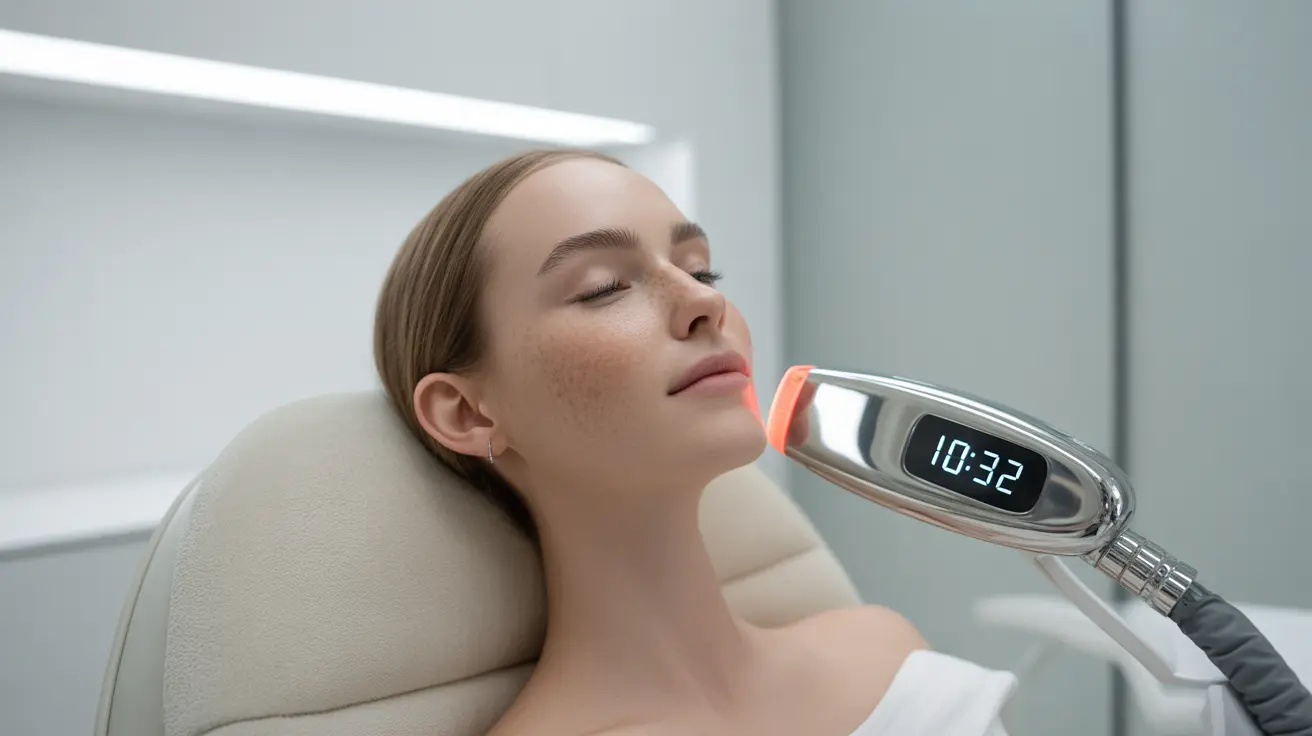Experiencing cramps after your period has ended can be both uncomfortable and concerning. While menstrual cramps typically occur before and during menstruation, post-period cramping isn't uncommon and can stem from various underlying causes. Understanding these causes and available treatments can help you better manage your symptoms and know when to seek medical attention.
Common Causes of Post-Period Cramps
Several conditions can trigger cramps after your period has finished. These causes often differ from typical menstrual cramping and may require specific attention or treatment approaches.
Ovulation Pain (Mittelschmerz)
Some women experience cramping during ovulation, which occurs approximately two weeks after their period. This pain, known as mittelschmerz, can range from mild discomfort to sharp pains and typically lasts between a few hours to a couple of days.
Endometriosis
This chronic condition occurs when tissue similar to the uterine lining grows outside the uterus. Endometriosis can cause persistent pelvic pain and cramping that may continue after your period ends. Additional symptoms often include heavy periods, pain during intercourse, and fertility issues.
Adenomyosis
When endometrial tissue grows into the muscular wall of the uterus, it can cause adenomyosis. This condition frequently results in cramping that extends beyond your regular period, along with heavy menstrual bleeding and enlarged uterus.
Treatment Options for Post-Period Cramps
Managing cramps after your period often requires a combination of approaches, depending on the underlying cause.
Home Remedies and Lifestyle Changes
Several self-care methods can help alleviate post-period cramping:
- Using heating pads or warm compresses
- Practicing gentle exercise or yoga
- Maintaining a healthy diet
- Getting adequate rest
- Staying hydrated
Medical Treatments
When home remedies aren't sufficient, medical interventions may include:
- Over-the-counter pain relievers
- Hormonal birth control
- Prescription medications for specific conditions
- Surgical options for severe cases
When to Consult a Healthcare Provider
Certain symptoms warrant immediate medical attention:
- Severe or debilitating pain
- Cramping that interferes with daily activities
- Unusual vaginal discharge or bleeding
- Fever or other signs of infection
- Persistent pain lasting more than a few days after your period
Frequently Asked Questions
What are the most common causes of cramps after a period that are not related to regular menstrual cycles?
The most common non-menstrual causes include ovulation pain, endometriosis, adenomyosis, and occasionally ovarian cysts or pelvic inflammatory disease.
How can I manage or treat cramps that occur after my period, especially if they are severe or persistent?
Management options include using heating pads, taking over-the-counter pain relievers, exercising regularly, and maintaining a healthy lifestyle. For severe cases, medical treatments such as hormonal therapy or specific medications may be necessary.
Can endometriosis or adenomyosis cause cramps after a period, and what are the key symptoms to look out for in these conditions?
Yes, both conditions can cause post-period cramping. Key symptoms include chronic pelvic pain, heavy periods, pain during intercourse, and in some cases, fertility problems. Adenomyosis specifically may cause an enlarged uterus.
What are the differences between primary and secondary dysmenorrhea, and how do they affect menstrual cramps?
Primary dysmenorrhea refers to common menstrual cramps without an underlying condition, while secondary dysmenorrhea is caused by reproductive disorders like endometriosis or adenomyosis. Secondary dysmenorrhea often causes pain outside the typical menstrual period.
When should I consult a doctor about cramps after my period, and what are the signs that indicate a more serious underlying condition?
Consult a healthcare provider if you experience severe pain, cramping that interferes with daily activities, unusual bleeding or discharge, fever, or persistent pain lasting beyond a few days after your period. These symptoms could indicate a serious condition requiring medical attention.




